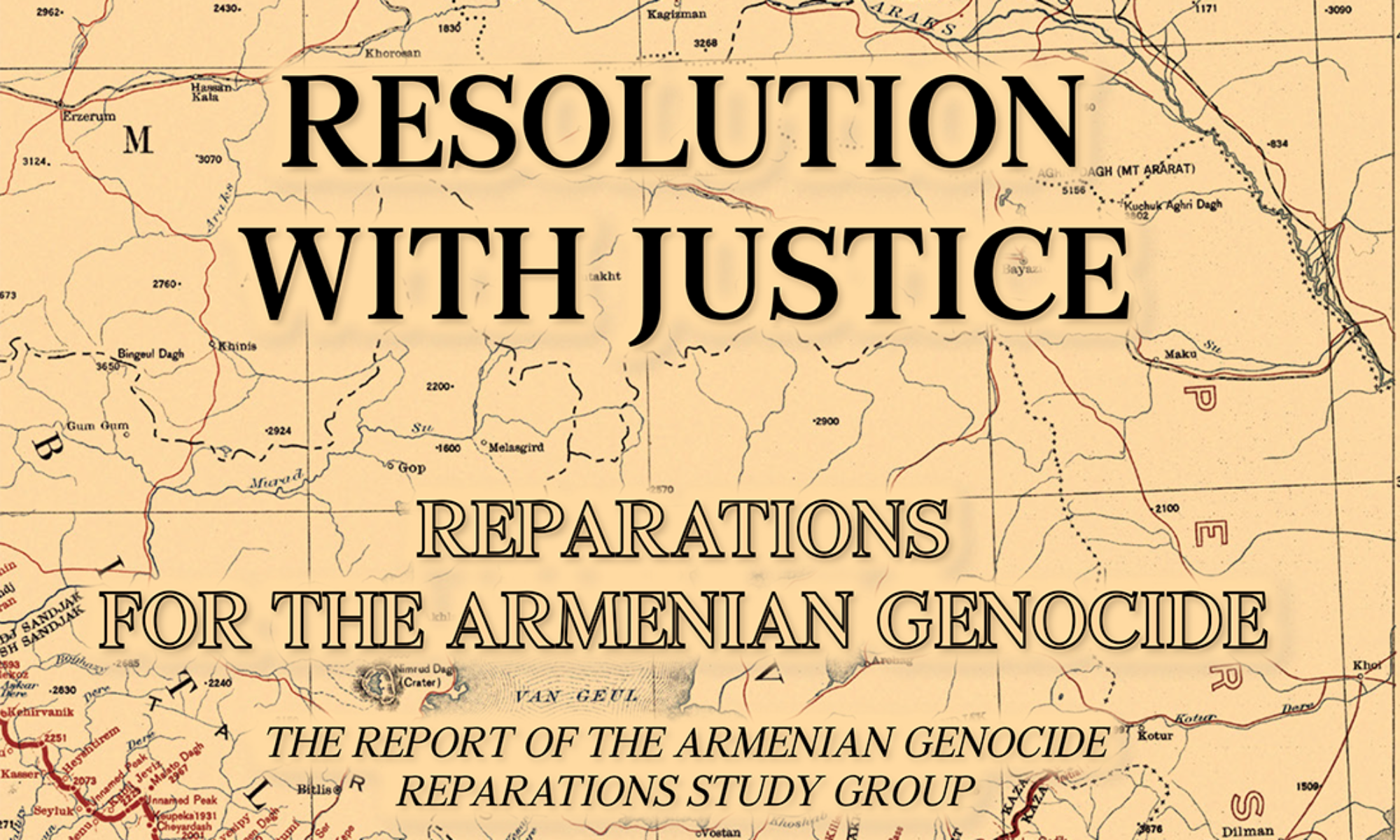 BY UMIT KURT
BY UMIT KURT
Haytoug Summer 2016 Issue
On 27 May 1915 the Ottoman government, using the ongoing world war as a pretext, made the decision to deport its Armenian citizens to the regions of Syria and Iraq, which at that time were Ottoman provinces. However, the true aim was not to change the locations of the Armenians, but to annihilate them. This deportation and destruction also gives rise to an important question: What was going to happen to the properties the Armenians left behind? How would they be administered?
A series of laws and decrees, known as the “Abandoned Properties Laws” were issued in the Ottoman and Turkish Republican periods concerning the administration of the belongings left behind by the Ottoman Armenians who were deported in 1915. The best-known regulation on the topic is the comprehensive Council of Ministers Decree, dated May 30, 1915. The Directorate of Tribal and Immigrant Settlement of the Interior Ministry (İskan-ı Aşâir ve Muhacirin Müdiriyeti) sent it the following day to relevant provinces organized in 15 articles. It provided the basic principles in accordance with which all deportations and resettlements would be conducted, and began with listing the reasons for the Armenian deportations. The most important provision concerning Armenian properties was the principle that their equivalent value was going to be provided to the deportees.
Continue reading →









